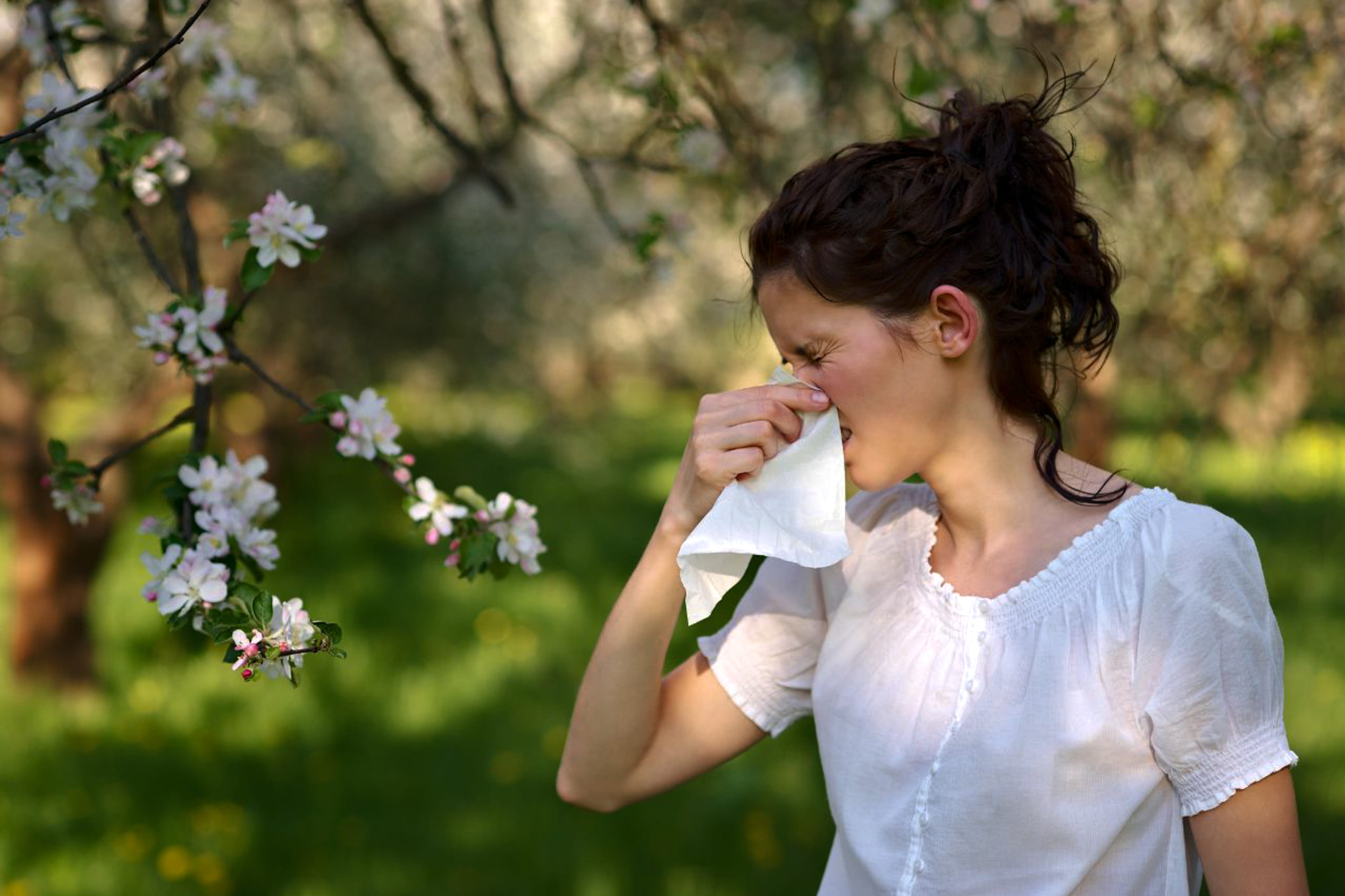
Do woodlice help with hay fever?
Written by: Editors
Modified on:
Do you suffer from pollen? With spring comes hay fever season, when trees and grasses start to bloom. For many people, this means runny noses, sneezing and itchy eyes. The good news is there are many home remedies that you can try that may provide some relief. What about a diet of woodlice and rainwater? A woman with hay fever tried it out and actually swallowed a woodlouse while recording herself on video. Bon appétit!
Eyebrow-raising tips for combatting hay fever
Every year, new tips come out to help control hay fever symptoms. Eating locally grown honey was a trend for a while, as was drinking goat's milk and coriander juice. But what about woodlice for allergy relief? Does this sound like something you would be willing to try? Just one small, grey creature with a crunchy segmented shell for breakfast can help get your allergies under control. Wash this delicious snack down with a glass of fresh rainwater and your hay fever symptoms will disappear... or at least so they say.
Immunotherapy
As far out as it may sound, eating woodlice and drinking rainwater is based on immunotherapy. Or rather, on a layman's idea of immunotherapy. Woodlice, also known as pill bugs, roly-polies or land shrimp, are an excellent source of protein. Pollen also contains proteins that can cause the nose, eyes, throat and sinuses to become irritated and inflamed (hay fever). Exposing yourself to protein by eating woodlice is thought to help build up resistance. Rainwater therapy is based on the same principle. Raindrops contain pollen from the air. It is thought that ingesting pollen helps the body to build resistance to potential allergens which, in turn, reduces the severity of allergy symptoms.
Gastrointestinal tract
According to ENT specialist dr. Weissenbruch, this is an oversimplification. Immunotherapy is never delivered through food. Allergens are broken down directly in the gastrointestinal tract, which means they don’t help the body to build resistance and therefore do nothing for your allergy symptoms. With 'real’ immunotherapy, the medicine is placed under the tongue (sublingually) or injected under the skin (subcutaneously, with allergy shots), so that the allergens enter the bloodstream or are absorbed via the oral mucous membranes. What’s more, immunotherapy is a treatment that can take years. Time to flog your rain barrel on Amazon and give up collecting woodlice. Unless, of course, you enjoy eating a woodlouse every morning for breakfast.
Tried and trusted hay fever tips
So, what remedies for hay fever do work? So far, the only remedies that prevent or provide relief from sneezing, itchy eyes and other hay fever symptoms are tablets, nasal sprays and eye drops with antihistamine. Read more about hay fever treatments here. Anything else you can do? Kiss! Yes, that’s right. Kissing appears to significantly reduce allergic reactions. A Japanese study has shown that kissing reduces the production of histamine, the chemical which is produced in response to allergens. By kissing we don’t mean a quick peck on the cheek. This technique only works if you kiss someone for at least 30 minutes. A bit too much to handle? Well, there are always home remedies you can try. Eating live earth worms is said to be a miracle cure for hay fever...